Ghost of Disney Parks Past Jay Rasulo Returns to Haunt Bob Iger
Jay Rasulo was gone: to begin with. There is no doubt whatever, about that. The register of his removal was signed by Bob Iger, and Iger’s name was good upon change, for anything he chose to put his hand to. Ole Jay was as gone-from-Disney as a door-nail.
Iger’s color changed when, without a pause, a ghost came on through the heavy door of Team Disney – The Michael D. Eisner Building, and passed into the room before his eyes. “I know him–it’s Rasulo’s Ghost!” he cried.
Though Iger looked the phantom through and through, and saw it standing before him; though he felt the chilling influence of its cold eyes; he was still incredulous, and fought against his senses. “What do you want with me?” said Iger. “Much!” It was Jay’s voice, no doubt about it.
You know this story. It’s been told and retold countless times, by the Flinstones, All Dogs, Bill Murray, Mickey Mouse and Muppets.
And now, it would seem, Disney CEO Bob Iger is living through the live action remake of Charles Dickens’ classic, A Christmas Carol, except hopefully with no badly-done CGI and perhaps with a few modernizations for contemporary audiences. This is Disney, after all.
Jay Rasulo former Parks & Resorts Chairman and Disney CFO, and someone who was once seen as one of CEO Bob Iger’s heir apparents at the company, has been nominated for a seat on the company’s board of directors by Trian Partners as part of the renewed shareholder proxy fight.
As expected, Trian also nominated its founder Nelson Peltz for a board seat, as it accelerates a new proxy battle with the Walt Disney Company. It is unclear which current board members Trian will seek to replace with Peltz and Rasulo.
“The Disney I know and love has lost its way,” said Rasulo in a statement. “As independent voices in the boardroom, Nelson and I are confident that the combination of my decades of experience at Disney, Nelson’s significant boardroom skills and history of driving positive strategic change, and our combined consumer brands expertise and financial acumen, will be additive to the Disney Board.”
Trian had initially intended to nominate three or four board members, but after Rasulo accepted the invitation to be nominated, Trian decided the two would be a stronger option, according to CNBC. A tighter focus centered around someone with inside experience certainly strikes us as a more viable path to victory for Peltz and co.
Trian also outlined the argument it intends to make as it pushes for the board seats for Peltz and Rasulo. The group praised Disney for its intellectual property, consumer loyalty, and enviable commercial flywheel. At the same time, Trian argued that Disney has woefully underperformed its peers and its potential.
Disney shares are up more than 8% for the year, but they’ve far underperformed the S&P 500′s gains. Whether the company is up or down relative to its peers depends upon how you define Disney’s counterparts. Year-to-date, many legacy Hollywood media companies are not exactly doing so hot–and there are open questions about the future of Warner Bros. and Paramount, for example. Netflix and many tech companies, by contrast, are outperforming–and have managed to do so even in the face of higher interest rates.
In addition to noting all of this, Trian called out Disney’s board members for collectively owning less than $15 million in the company’s stock. “Unfortunately, the Board and CEO appear to have no conviction that things will get better,” Trian stated.
Trian contended that the “root cause” of Disney’s underperformance is that the current board that is too closely connected to Bob Iger, and too disconnected from shareholders’ interests. They added that while the addition of two new board members is a “step toward greater Board objectivity (and a belated acknowledgement by the Company of the need for change), this reactive Board self-refreshment on the eve of a proxy contest is insufficient in our opinion both because the new directors were chosen without shareholder input and because they seemingly do not own meaningful amounts of stock.”
For its part, Disney has previously stated that the proxy fight is in part due to another ghost from Bob Iger’s past coming back to haunt him to shun the path he tread: former Marvel boss Ike Perlmutter. (Well, they didn’t use the colorful language–those are my/Charles Dickens’ words.)
Perlmutter is Peltz’s friend and neighbor in Palm Beach, who was “terminated” as chairman of Marvel by Disney earlier this year. Perlmutter has pledged his shares in Disney to Peltz, and they comprise nearly 80% of Trian’s stake, giving him more financial skin in the game than Peltz. Disney has cited Perlmutter’s “personal agenda” against Iger, noting that his interests “may be different than that of all other shareholders.”
You might recall that Perlmutter was the catalyst for Nelson Putz’s “Restore the Magic” campaign earlier this year. Essentially, Perlmutter had promised to throw their weight behind Bob Chapek, and help the then-beleaguered executive solidify his position as CEO. Perlmutter had told Chapek that without he and Peltz, Iger would return to run the show. Obviously, he was correct.
You might also recall that Perlmutter had wanted to fire Kevin Feiger in 2015 (at the height of the MCU’s success!), and Iger had intervened to prevent that, which caught Ike’s ire. Perlmutter’s strained relationship with Iger and other high-ranking leaders at Disney is hardly any secret. And even if it were, it would’ve been laid bare by the proxy fight.
Perlmutter managed to stick around given his status as a significant shareholder resulting from the sale of Marvel to Disney, but presumably the calculus on that changed when he instigated (and failed at) the first proxy fight. (The New York Times’ reporting on Ike’s ouster provides more illuminating color commentary, for those who are curious.) Presumably, the calculus on the proxy fight also changed once Ike was ousted.
Disney responded to the Trian nominations of Peltz and Rasulo in a statement:
“Trian Fund Management, L.P., alongside certain affiliates, including Trian’s previously disclosed partnership with Isaac Perlmutter pursuant to which it obtained beneficial ownership of Mr. Perlmutter’s Disney shares (collectively, “Trian”), has provided notice of its intent to nominate two individuals for election to the Company’s Board of Directors at the 2024 Annual Meeting of Shareholders.
Disney has an experienced, diverse, and highly qualified Board that is focused on the long-term performance of the Company, strategic growth initiatives including the ongoing transformation of its businesses, the succession planning process, and increasing shareholder value.
The Governance and Nominating Committee, which evaluates director nominations, will review the proposed Trian nominees and provide a recommendation to the Board as part of its governance process.”
Turning to commentary, we’re not going to rehash everything we’ve already said about the proxy fight. For background and our take on that, see Restore the Magic: 2023’s Save Disney Remake and 2023’s Save Disney Remake: The Sequel.
What we’re more interested in focusing on here is Jay Rasulo’s involvement. For fans who are unfamiliar with that name, Rasulo was a key figure at the company for several years. Here’s his bio via D23:
Named executive vice president of Disneyland Paris in 1998, president in 1999, and chairman in 2000. He joined Disney in 1986 and worked in corporate alliances and strategic planning before moving in 1995 to Disney Regional Entertainment where he was responsible for helping to develop and launch Club Disney. He was promoted to president of Walt Disney Parks and Resorts in 2002, and the company’s chief financial officer in 2010. He was also Executive Vice President of The Walt Disney Company. He resigned in 2015.
So a few things that stand out there. First, Rasulo came up via the infamous strategic planning division, which is arguably the root cause of many issues and problematic ways of thinking that exist today with regard to Parks & Resorts. Second, despite that, he was a theme parks guy through and through. He didn’t come over from consumer products or whatever–his career moved mostly through Parks & Resorts.
Third, Rasulo resigned abruptly as Disney CFO in 2015 when Tom Staggs was promoted to the role of Chief Operating Officer. Prior to that, the two executives had been shuffled around and were both being groomed to be successor CEO. Once Staggs got the COO role, it was clear he was the heir-apparent to the throne. Until he wasn’t. We’ve been over all of that in countless posts, not gonna rehash it here.
Going out of order, the final thing of note is that Rasulo was head of Parks & Resorts during what is typically viewed as a dark time for Walt Disney World and, to a lesser extent, Disneyland. If you ask fans from that era what they think of Rasulo, the response will typically be one of utter disdain if not downright hatred. That’s certainly what I remember when I first got serious about the fandom. No one liked Rasulo. A big part of the reason Staggs was beloved was because he, quite simply, was not Rasulo. It helped that he was more affable, fatherly, and gave us Seven Dwarfs Mine Train.
Perhaps I’ve become older and wiser–or maybe I’ve become more naive–but with the benefit of hindsight, I wonder whether Rasulo deserves a bit of a reappraisal. One thing I have learned during the intervening years is that the fan perspective is often incredibly reductionist. We see what we want to see. We can be manipulated by agendas both internal and external to the company. Consequently, it’s easy to paint leadership in the familiar terms of Disney fairytales.
We’ve been over this before, but there’s always a villain—the one blamed for the gratuitous injection of IP in attractions. There’s also usually an underdog hero—the one who “gets” Disney and would save the parks and restore EPCOT’s original vision if they just had a little more power.
There’s perhaps a kernel of truth to some of this, but just as much is attributable to media savvy (or lack thereof) and how executives present themselves and mold their own public image. The case could be made that Josh D’Amaro has benefitted from this false dichotomy, whereas Chapek was a victim to it. (Just threw up in my mouth a little using the word “victim” to describe Chapek.) The argument could also be made that Bob Iger has pulled an Eisner, sticking around long enough to see himself turn into the villain.
In any case, Jay Rasulo was elevated to head of Parks & Resorts at a truly dark time–after the dreaded Paul Pressler years and following 9/11. Just as tourism started to recover from the terrorist attacks and Walt Disney World started to see growth, the Great Recession happened. I’d stop well short of calling Rasulo a victim of circumstance, but he certainly was not set up for success from the outset.
For fans of the time, Rasulo will most be remembered for not opening a “Potter Swatter” in 2009. He instead contended that a rising tide lifts all boats and, to the consternation of fans, he was correct. To his credit, Rasulo was at the top of Parks & Resorts when New Fantasyland was greenlit for Magic Kingdom.
Rasulo was also there for approval of the multi-year, $1.1 billion redesign and expansion to fix Disney’s California Adventure. That seems obvious in hindsight, but at the time, that decision took guts and was basically Disney admitting it had screwed up and built DCA on the cheap. At the international parks, Rasulo would’ve been at the helm when similar expansions were approved for the nascent Hong Kong Disneyland and Walt Disney Studios Parks.
Continuing in his role as Disney CFO, Rasulo would’ve had a lot of say in the budgeting of several more expansion plans at Walt Disney World, including but not limited to Pandora, Toy Story Land, and Star Wars: Galaxy’s Edge. From the outside, it’s impossible to say what his involvement was in any of this, but I feel like all of this is worth noting because Tom Staggs routinely gets the glory. Just remember, who is there when something opens isn’t necessarily the one who made it possible in the first place. As we’ve seen with the new trees and walkways in EPCOT, even the simplest stuff can take years to come to fruition.
To be abundantly clear, I am absolutely not trying to cast Jay Rasulo as some unsung hero or Tom Staggs as a beneficiary of circumstance. I still very much want Tom Staggs brought back into the fold, and part of Disney’s future c-suite. I do not want the same of Rasulo. Beyond the broad overview, there’s a lot of color and detail that’s been lost to time–so I’m simply going to trust my gut reaction (and pretty much everyone else’s) from the time.
With all of that said, it doesn’t mean I don’t want to see Jay Rasulo on Disney’s board. I truly do not know. Honestly, I love the idea of someone with theme parks experience–even if it is Rasulo. I think way too many people are dismissive of parks, and Rasulo would’ve seen firsthand their power and appeal. Even if he only views that from a business perspective, it’s probably better than most of the board.
My other strong perception of Rasulo from a decade ago, rightly or wrongly, was that he was a ‘beancounter’ who was exacting with budgets. That’s a derogatory term by most fans, and for (mostly) good reason. But with the way the current company overspends and wastes money for no compelling reason, a bit of that might be beneficial.
We already know Disney plans on investing $60 billion into Parks & Resorts over the next decade–now let’s ensure it’s spent in ways that will measurably improve the parks, and not blow hundreds of millions of dollars on some walkways and trees at the front of one of the parks. But who knows what’ll happen next.
Legend has it that Mr. Iger still needs a third and final supernatural visitor confronting him in an erect attitude, with its umbrella wound over and about its arm:
That’s right, that’s Umbrella Bob as reinterpreted as a ghost by Photoshop 2024’s “revolutionary” AI generative content tool. Yes, I realize it’s absolutely awful…but in a way, isn’t that perfectly fitting? (It’s also laughably similar to this image from “The Slicer” episode of Seinfeld. Something tells me AI isn’t coming for our jobs, much less to destroy us, anytime soon. Yikes.)
Need Disney trip planning tips and comprehensive advice? Make sure to read 2023 Disney Parks Vacation Planning Guides, where you can find comprehensive guides to Walt Disney World, Disneyland, and beyond! For Disney updates, discount information, free downloads of our eBooks and wallpapers, and much more, sign up for our FREE email newsletter!
YOUR THOUGHTS
Surprised that Peltz is bringing Jay Rasulo aboard for the second round of the proxy fight? What do/did you think of Rasulo during his time at Disney? What did you think about the “Restore the Magic” Campaign? Think this fight will be beneficial for the company and fans at the end of the day, or is it already over? Optimistic that this will push Iger to finally get serious about choosing a successor or focus on improving guest satisfaction in the parks? Thoughts on anything else discussed here? Do you agree or disagree with our assessment? Note that neither Disney nor Peltz brought up politics or culture wars in their presentations; as such, all off-topic comments about either will be deleted.

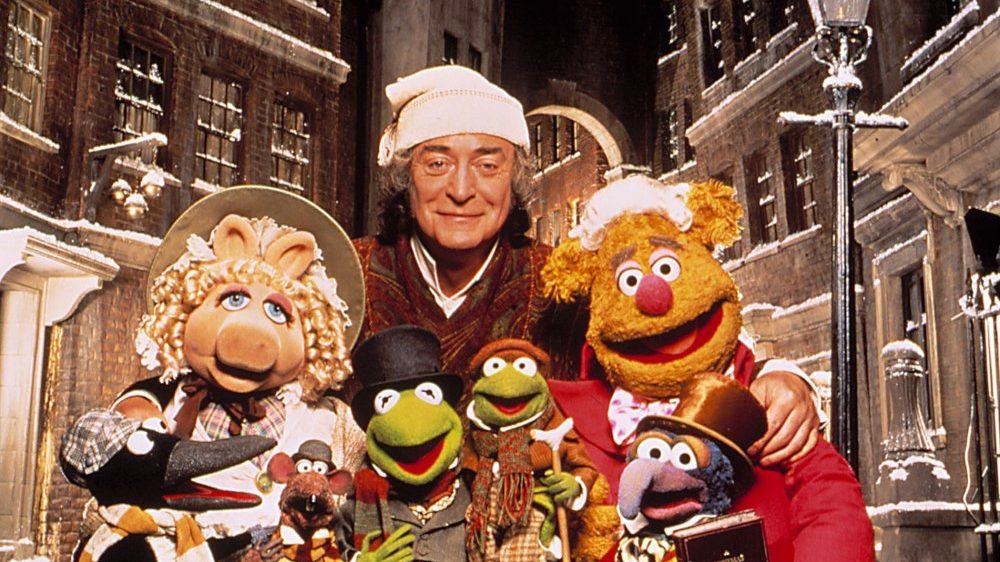
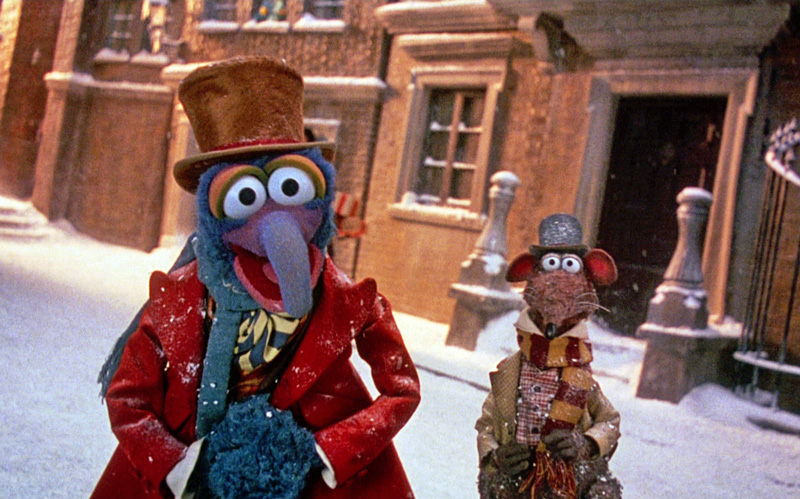
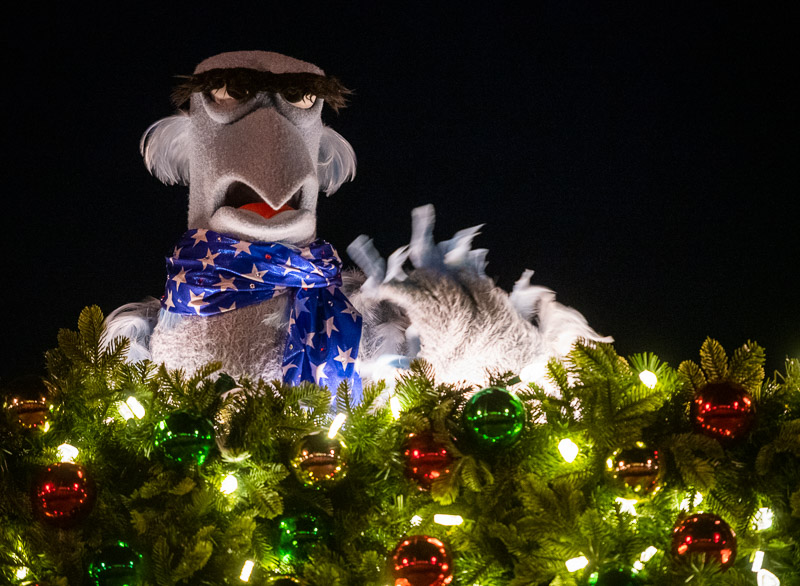
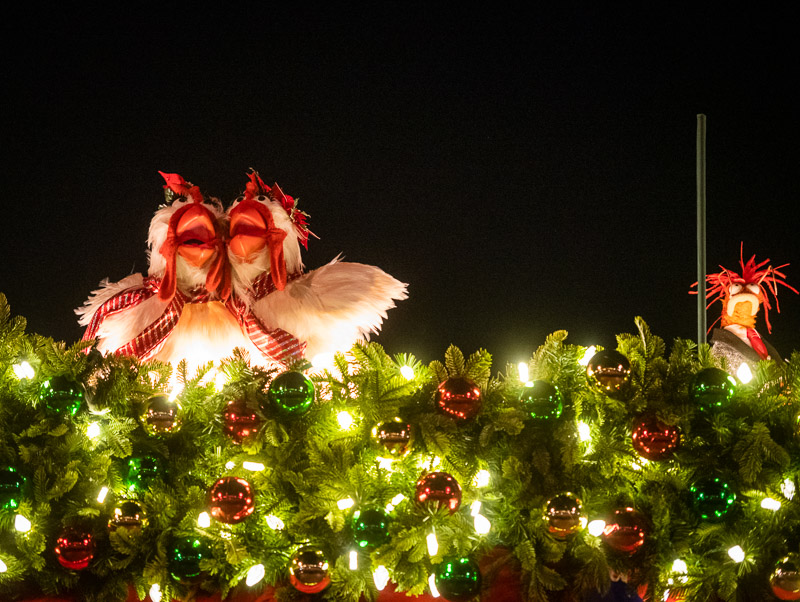

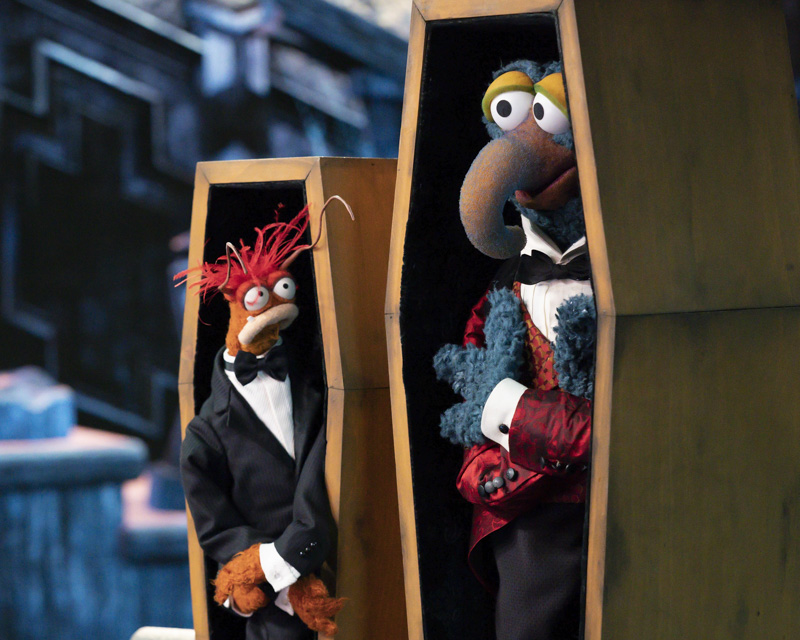
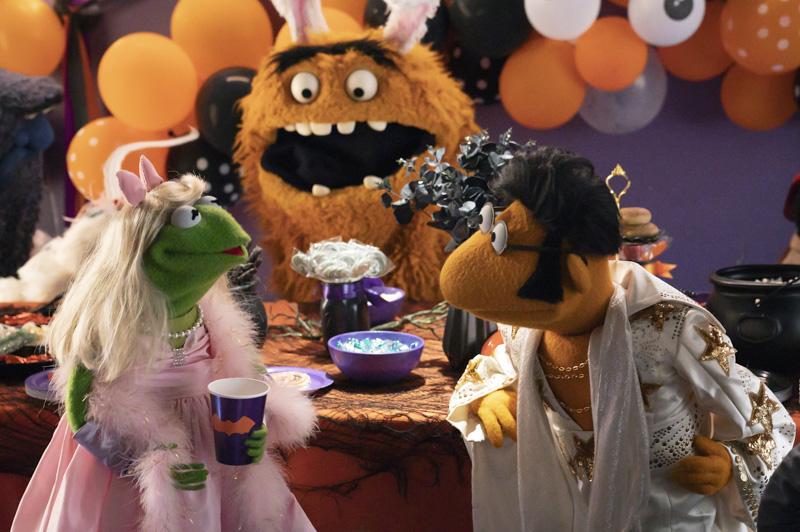
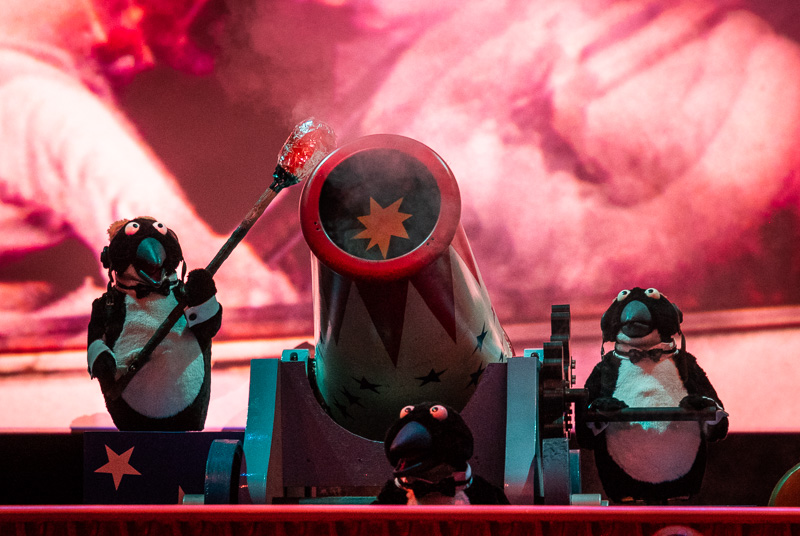
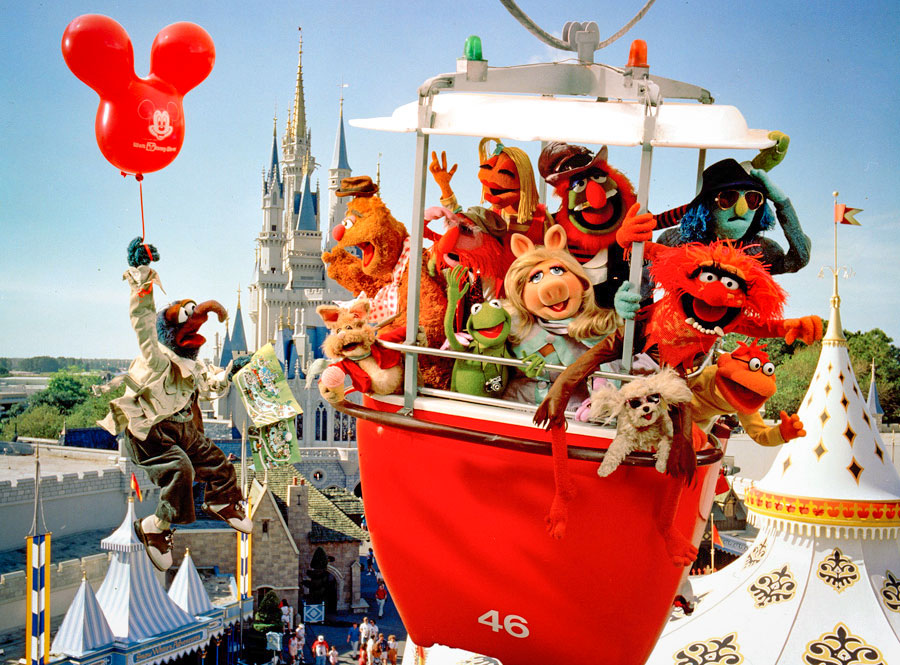
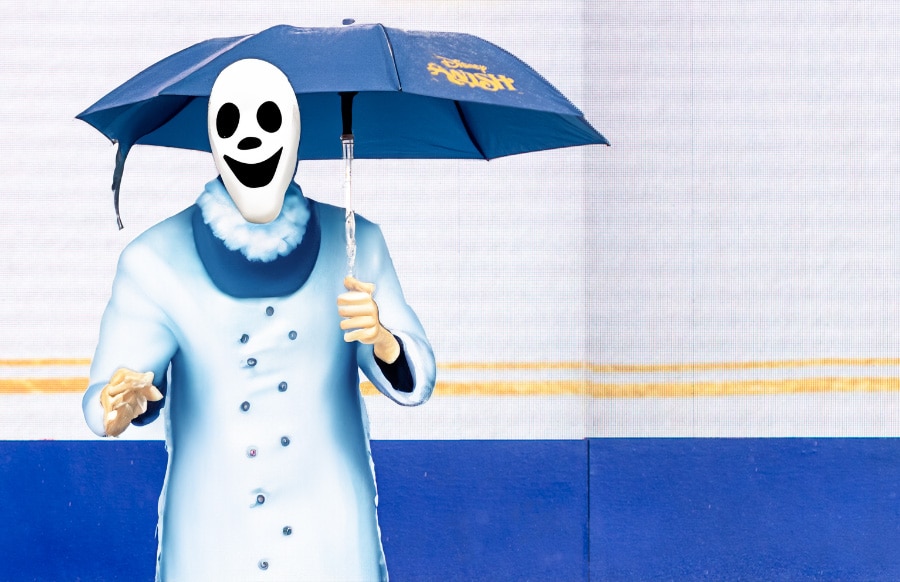
A long time ago Bob Iger fired Dick Cook. I just vaguely remembered that someone with a great track-recored got fired by Iger long ago. I had no vested interest in it other than wondering why a guy like that would be fired.
I had to look it up and Tom, you may be well versed in what transpired but I am sure not all of us are. I think – in hindsight – I am seeing a trend that really does not sit well with me or others who really like the Disney that inspired us to be fans.
Here is an article I found ( I have no affliation with the article, or anyone mentioned in it) but I thought I would attach. Please read the comment section. Fifteen years later those comments are like they were written yesterday. https://deadline.com/2009/09/exclusive-dick-cook-fired-from-disney-16183/#comments
Any change at all from current management would be a blessing. Less activism, more return to quality, entertainment, and experience. The entire park dining experience has been a shell of its former self since COVID.
“You might recall that Perlmutter was the catalyst for Nelson Putz’s “Restore the Magic” campaign…”
VERY well played Freudian Slip there Tom. 😀
“at a truly dark time–after the dreaded Paul Pressler”
Now that’s a name I’ve not heard in a long time. Truly a Ghost of Terrible Christmases Past. Thanks for putting things in perspective, Tom.
Rasulo did some great things but my memory of him is this. under his watch he announced the stronger focus on “experiences” and less on true theme park innovation and regular expansion. since he was around for other expansions it’s tough to tell if he liked the ideas or felt it was a necessity. his focus on experiences has in my mind led to the upcharge model and the expansion of private ticket events. as you said in the article it takes Disney years sometimes to make something come to fruition. it’s such an ingrained model now I can’t take any promise of investment into the parks as being for all guests. Their view is from a different part of the diamond.